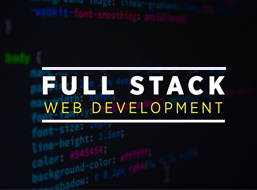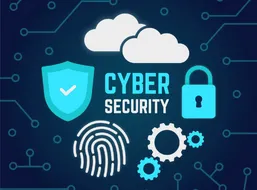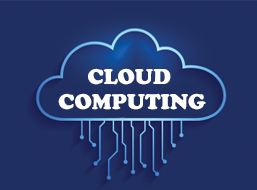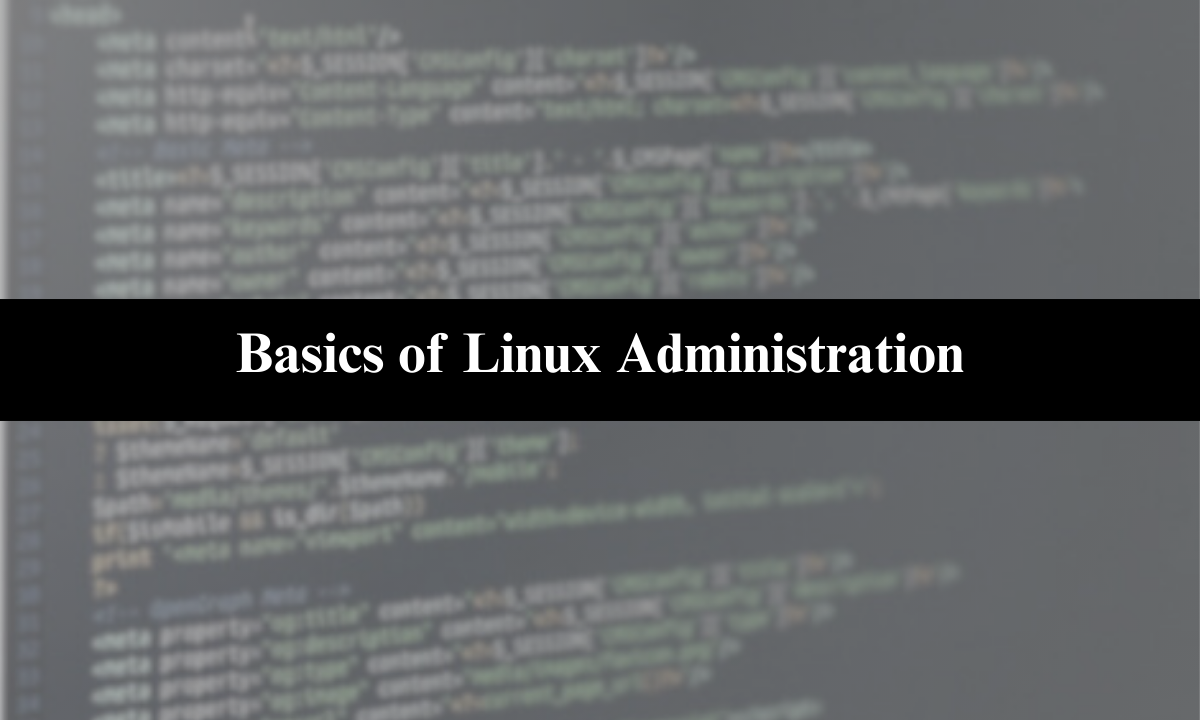Table of Contents
| Introduction |
| Key Takeaways |
| 1. What Is Linux Administration? |
| 2. Linux Commands for Beginners |
| 3. Linux File System Management |
| 4. Linux Server Administration Basics in Cloud Computing |
| 5. Cloud Computing with Linux |
| 6. How a Cloud Computing Course in Bangalore Can Help You |
| Tips for Beginners Learning Linux Administration |
| Conclusion |
| Frequently Asked Questions |
If you are stepping into the world of cloud computing, understanding Linux administration is one of the smartest moves you can make. Linux powers most cloud servers, and knowing how to manage Linux systems gives you a huge advantage. Stick with us, and you'll see which tools, commands, skills, cloud computing fundamentals beginners need and how a cloud computing course in Bangalore can put you on the fast track.
Key Takeaways
- “What is Linux administration” explores core responsibilities and why it matters in the cloud.
- Learn essential Linux commands for beginners to operate, navigate, and manage your system.
- Understand Linux server administration basics like users, permissions, and backups.
- See how cloud computing with Linux works, its benefits & best practices.
- Grasp Linux file system management so you can organize, troubleshoot, and secure it.
1. What Is Linux Administration?
Linux administration refers to maintaining Linux systems, ensuring they’re stable, secure, and efficient. It covers installing and configuring systems, managing software, handling user accounts, securing servers, monitoring performance, and planning backups. In the cloud computing world, Linux administrators also manage virtual servers, automate scaling, integrate with cloud services, and monitor workloads.
2. Linux Commands for Beginners
When starting with Linux, a few commands are essential for day-to-day Linux server administration basics. Here are some examples you will use regularly:
- ls - Lists files and directories. Add -la to see hidden files and permissions.
- cd – Changes the current directory. Example: cd /etc.
- mkdir and rmdir – Create and remove directories.
- cat, less, and tail – Display file contents. tail -f is especially useful for monitoring logs.
- cp and mv – Copy or move files between directories.
- chmod and chown – Change file permissions and ownership.
- top or htop – Monitor system processes in real time.
- df -h - Shows disc space usage in a human-readable format.
- sudo apt update && sudo apt upgrade (Debian/Ubuntu) or yum update (Red Hat/CentOS) → Update software packages and keep systems secure.
These commands form the building blocks of Linux administration.
3. Linux File System Management
A crucial part of Linux administration is managing the file system.
- Understanding directories: Linux uses a tree-like structure. /Etc stores configuration files, /Home contains user data, /Var stores logs, and /Usr holds applications.
- Mounting drives: You’ll learn how to mount and unmount storage devices.
- Permissions: File and directory permissions protect system security.
- Backups: Tools like rsync or tar help keep data safe and ready for recovery.
4. Linux Server Administration Basics in Cloud Computing
In cloud environments, Linux admins handle specialized tasks:
- Setting up cloud servers (EC2 on AWS, GCE on Google Cloud, Azure VMs).
- Managing scalability with load balancers and auto-scaling groups.
- Security essentials like SSH key management, firewall rules, and disabling root login.
- System monitoring can be achieved through built-in commands or tools such as CloudWatch, Prometheus, or Grafana.
- Automation using shell scripts, Ansible, or Terraform for Infrastructure as Code.
5. Cloud Computing with Linux
Cloud Computing with Linux is a powerful combination due to the following aspects:
- Cost-effective: Open-source, with no licensing fees.
- Performance control: You can optimize servers for specific workloads.
- Industry standard: Most cloud workloads and containers run on Linux.
- Flexibility: Choose distros like Ubuntu, CentOS, or Red Hat Enterprise Linux.
- Community support: Massive open-source ecosystem and forums.
6. How a Cloud Computing Course in Bangalore Can Help You
A Cloud Computing Course in Bangalore can speed up your learning journey. Many institutes, including Apponix, teach hands-on skills in:
- Linux administration basics
- Managing cloud servers (AWS, Azure, GCP)
- Security and monitoring
- Scripting and automation for real-world projects
You’ll also get placement assistance, certifications, and the confidence to work on live environments.
Tips for Beginners Learning Linux Administration
- Practice commands daily in a Linux terminal.
- Set up a virtual machine or use free-tier cloud accounts.
- Learn basic shell scripting to automate tasks.
- Focus on permissions and security early on.
- Explore community forums and documentation.
- Join meetups or online groups to discuss problems and solutions.
Conclusion
Mastering Linux administration is your entry ticket into the world of cloud computing. From learning Linux commands for beginners to handling Linux server administration basics and managing file systems, these skills are essential for cloud engineers. If you’re in Bangalore, enrolling in a cloud computing course in Bangalore at Apponix is one of the best steps you can take to build expertise and accelerate your career.
Frequently Asked Questions (FAQs)
Q1: What is Linux administration in simple words?
It’s the process of managing Linux systems, installing software, handling users, ensuring security, and keeping systems running smoothly.
Q2: Which Linux commands should beginners learn first?
Start with navigation (ls, cd), file operations (cp, mv), viewing content (cat, less), and permissions (chmod, chown).
Q3: Why is Linux important for cloud computing?
Because most cloud servers run on Linux, it’s stable, flexible, cost-effective, and widely supported.
Q4: What is included in Linux server administration basics?
Server setup, managing users, permissions, security, backups, and monitoring system health.
Q5: How can I start cloud computing with Linux?
Set up a free cloud account (AWS/Azure/GCP), launch a Linux virtual machine, and practice commands while learning administration concepts.





